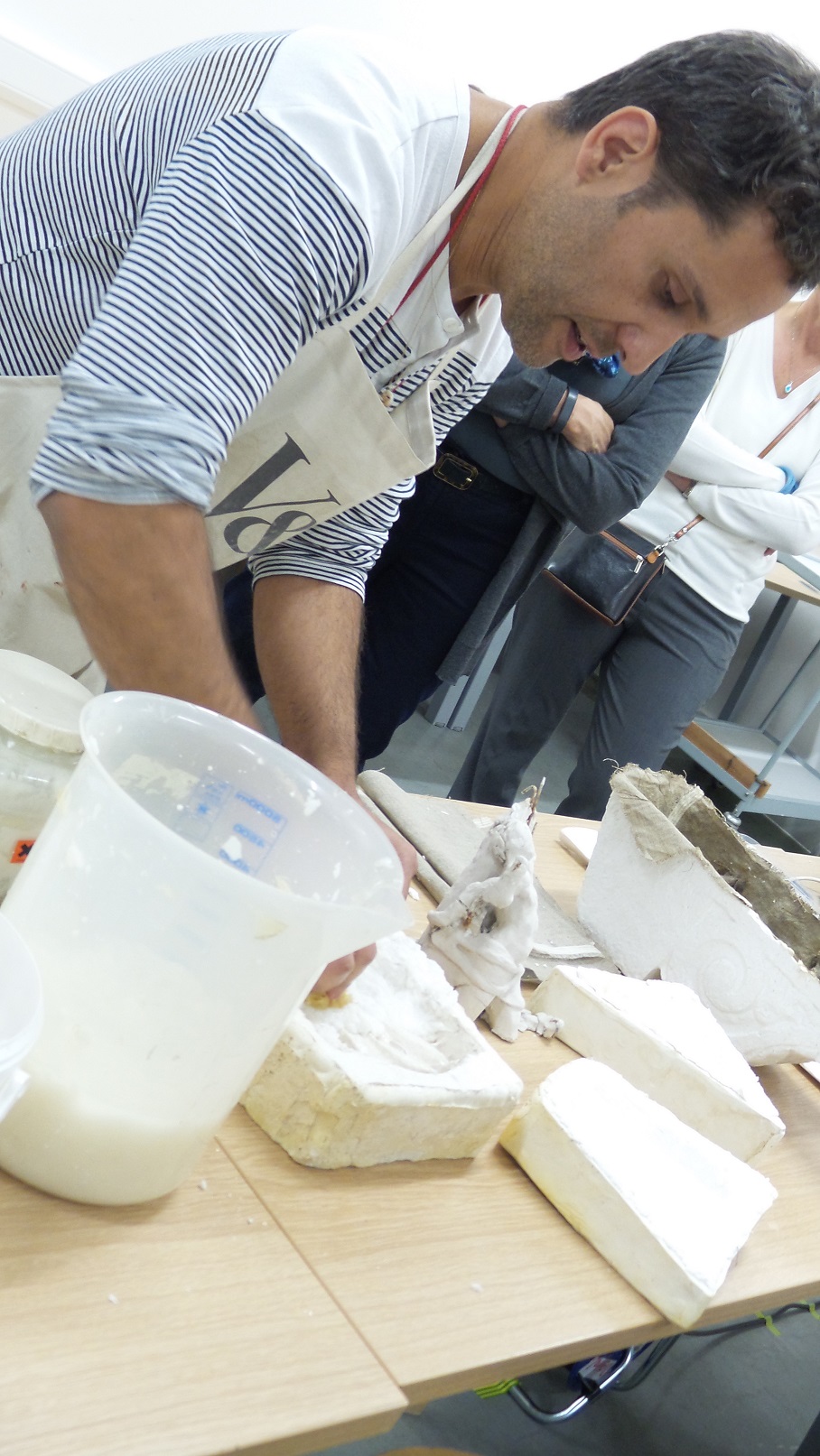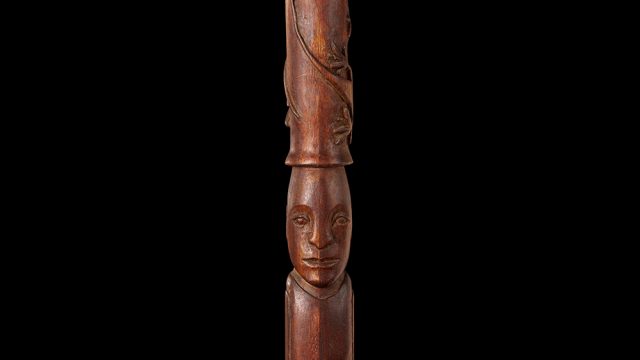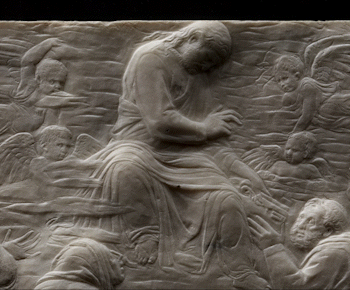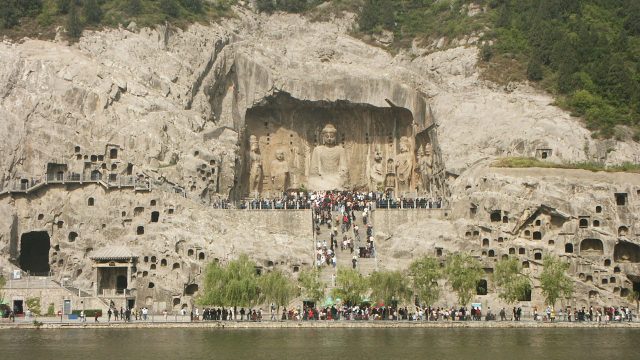On Sunday 13 September there was a fascinating drop-in demonstration on the Art of Cartapesta, an event which forms part of the Robert H. Smith Renaissance Sculpture programme. Victor Borges, a Senior Conservator at the V&A who has worked on cartapesta objects in the Collection, took enthralled visitors through the materials and techniques which might have been used by Renaissance sculptors and craftsmen to create relief sculpture in this challenging medium. Victor demonstrated a far more complex process than the familiar papier-mâché artwork practised at school using strips of newspaper and flour glue. There were sessions in the morning and afternoon, both of which were well attended with some forty visitors popping in (most staying throughout each demonstration).
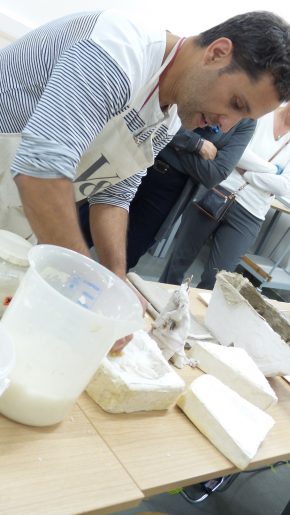
Victor’s inspiration was the beautiful painted cartapesta Mirror frame made by Neroccio de’Landi’s workshop in Siena, in about 1475-1500, an object he had worked on for the Medieval and Renaissance galleries and which is on display in Gallery 62 in a case devoted to Health and Beauty 500-1600, Continuity and Change. http://collections.vam.ac.uk/item/O93438/mirror-frame-landi-neroccio-de/
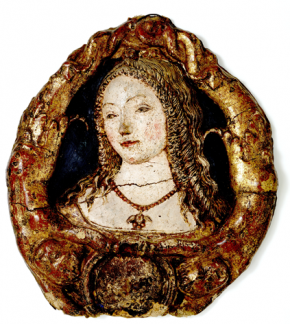
Using a 17th-century recipe in Filippo Baldinucci’s Vocabolario Toscano dell’Arte del Disegno (Florence, 1681) as his guide, Victor demonstrated the different steps required to make cartapesta reliefs, revealing his mistakes and triumphs along the way. It was reminiscent of the technical challenge on the Great British Bake Off, where the competitors are given a recipe to follow with few instructions!
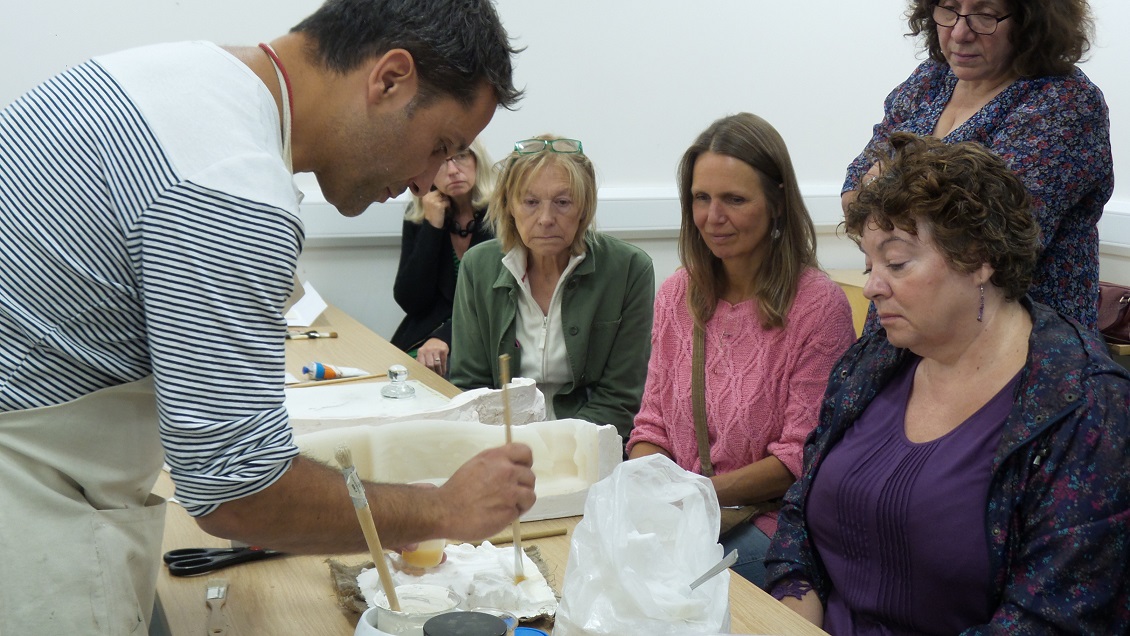
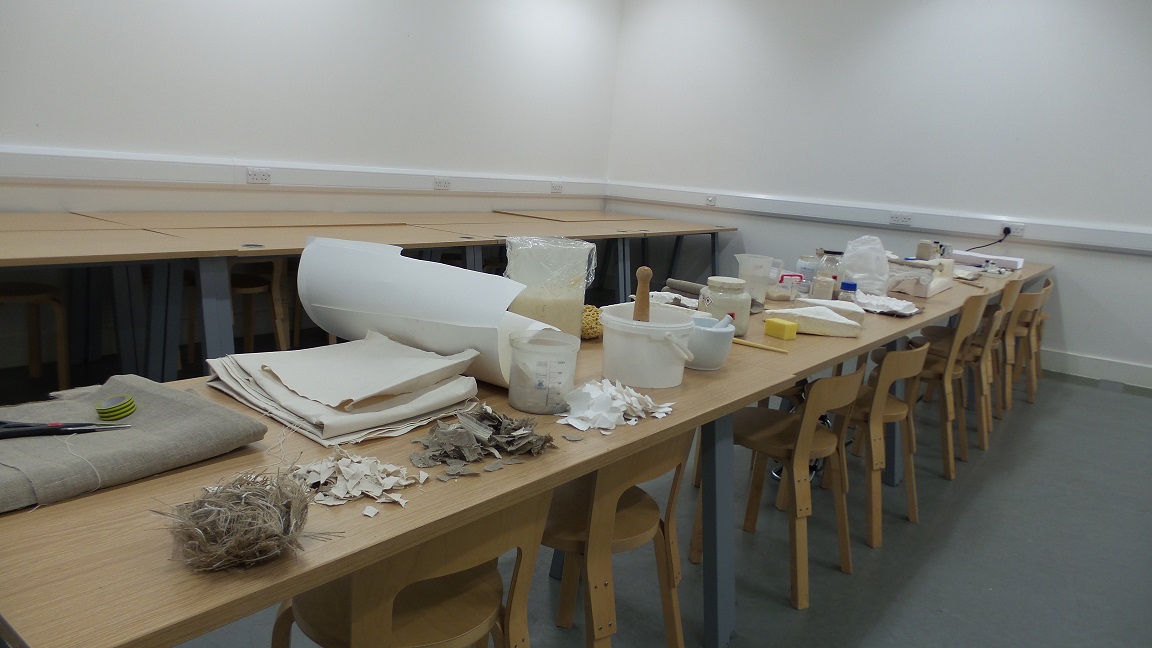
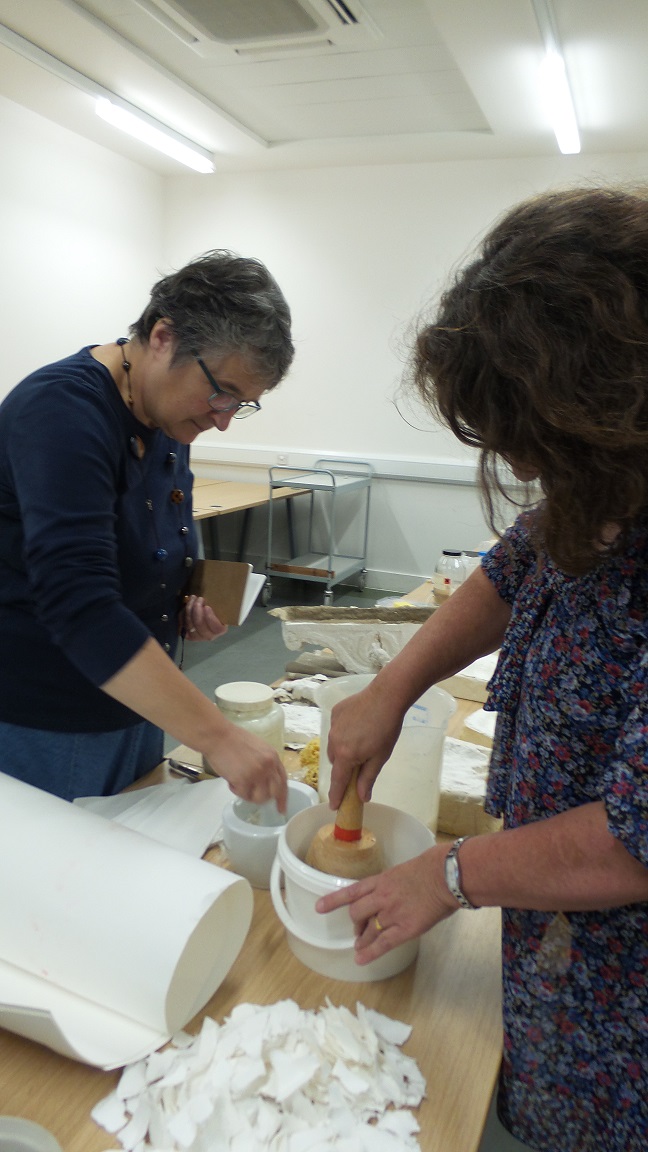
It was fascinating to follow the making of cartapesta, as step by step, Victor took us through each stage of the technique. He worked his way down the long table heaving with materials, tools and examples of cartapesa at different stages of completion. Visitors enjoyed using the pestle and mortar to create the pulp from scraps of paper and linen or cotton cloth and water. A protective layer of wax was added to the mould. Before the pulp was added Victor showed us what happened when this step was missed: the paper stuck and the relief was lost! Some people got involved and enjoyed pressing the pulp into the mould and using a sponge used to absorb the excess water. It was interesting to discover that a canvas backing was needed to strengthen the relief; dampened, so that it could be stretched over the mould and applied with either flour paste or animal glue.
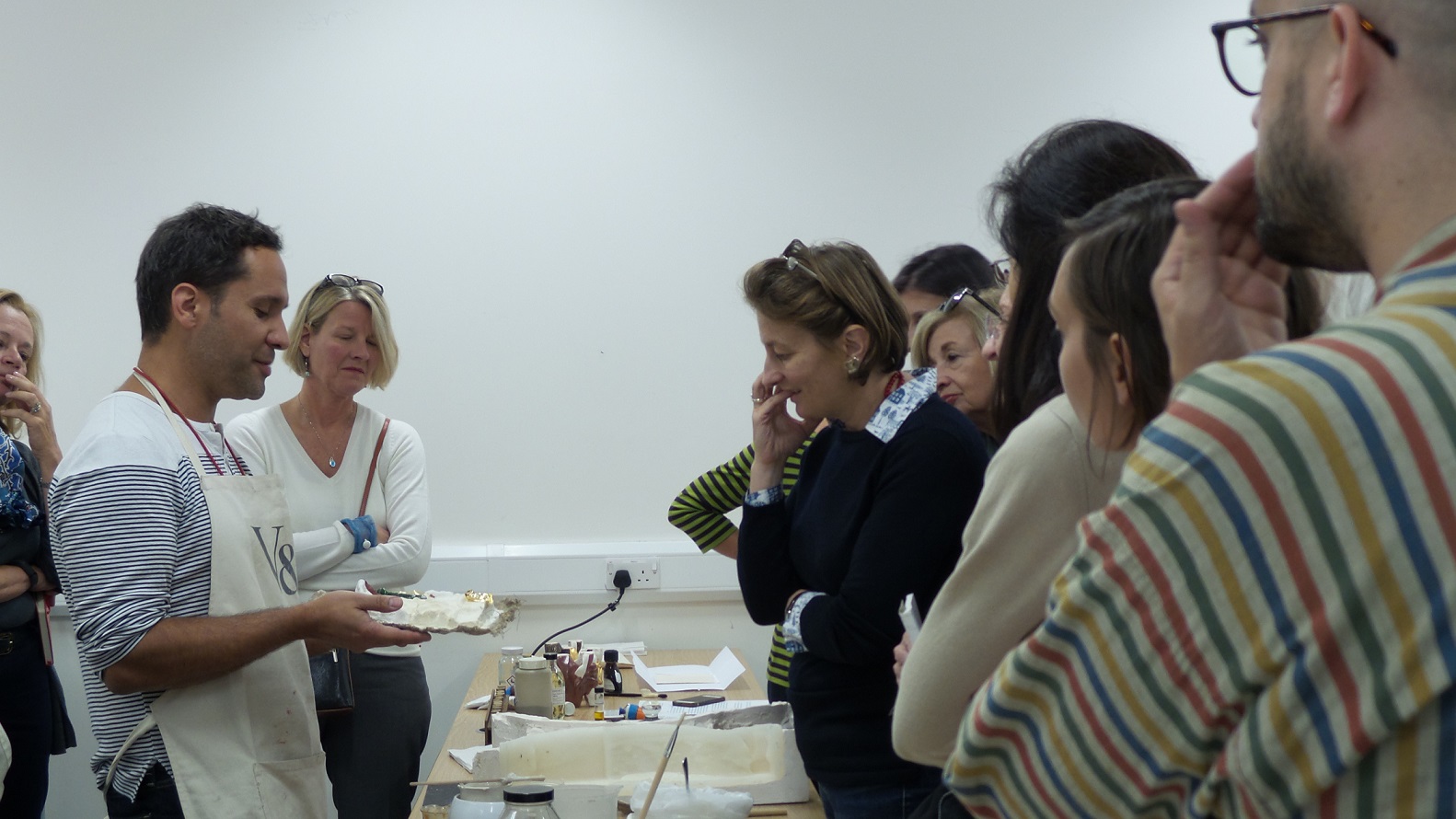
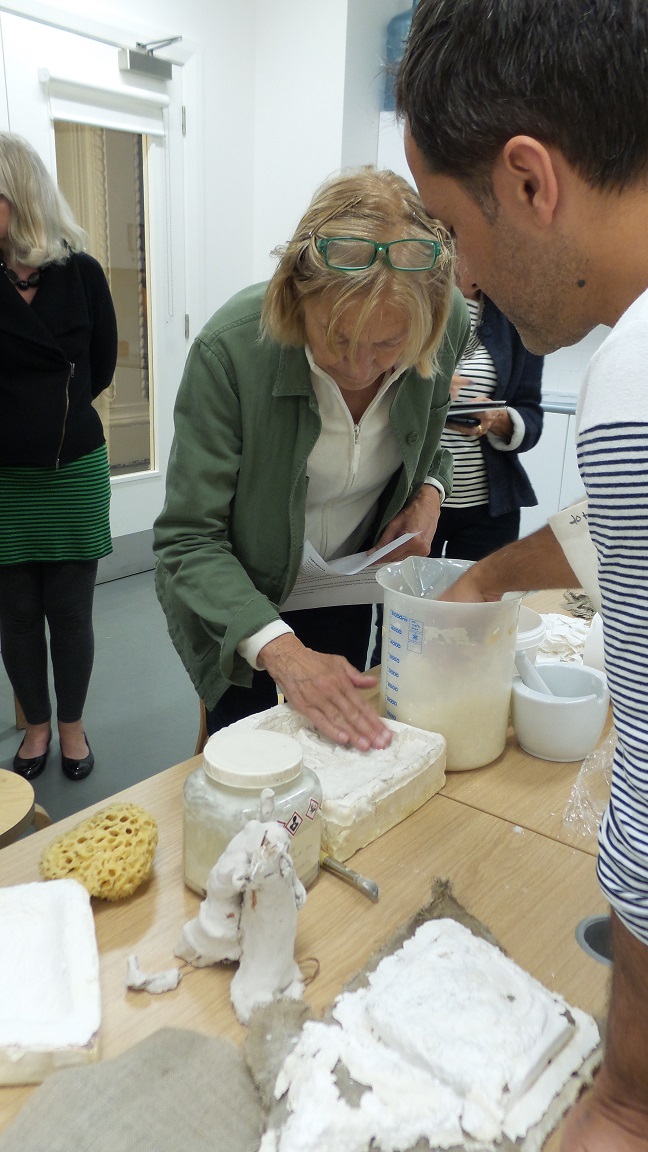
Victor brought a number of pre-prepared reliefs in cartapesta, as the drying process takes many hours. He had created a corbel supported with lengths of bamboo (which could have been wooden batons), explaining that larger pieces need to be made using piece-moulds and may need a wooden framework for support.
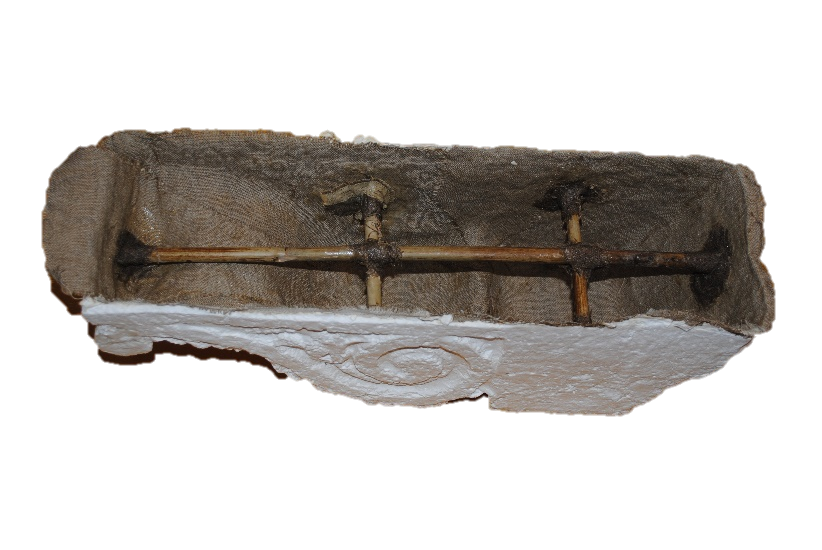
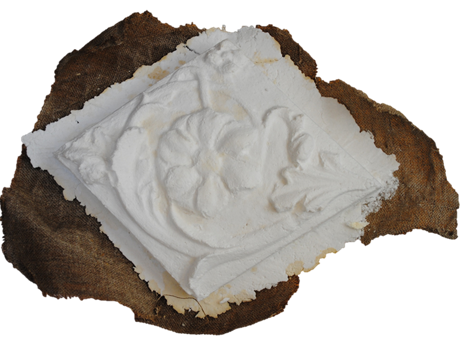
The finished reliefs when taken from their moulds have a rough surface. Visitors were taken through the finishing process which involved applying gesso (a kind of plaster mixed with animal glue) in layers to create a smooth fine surface, which was then painted and gilded.
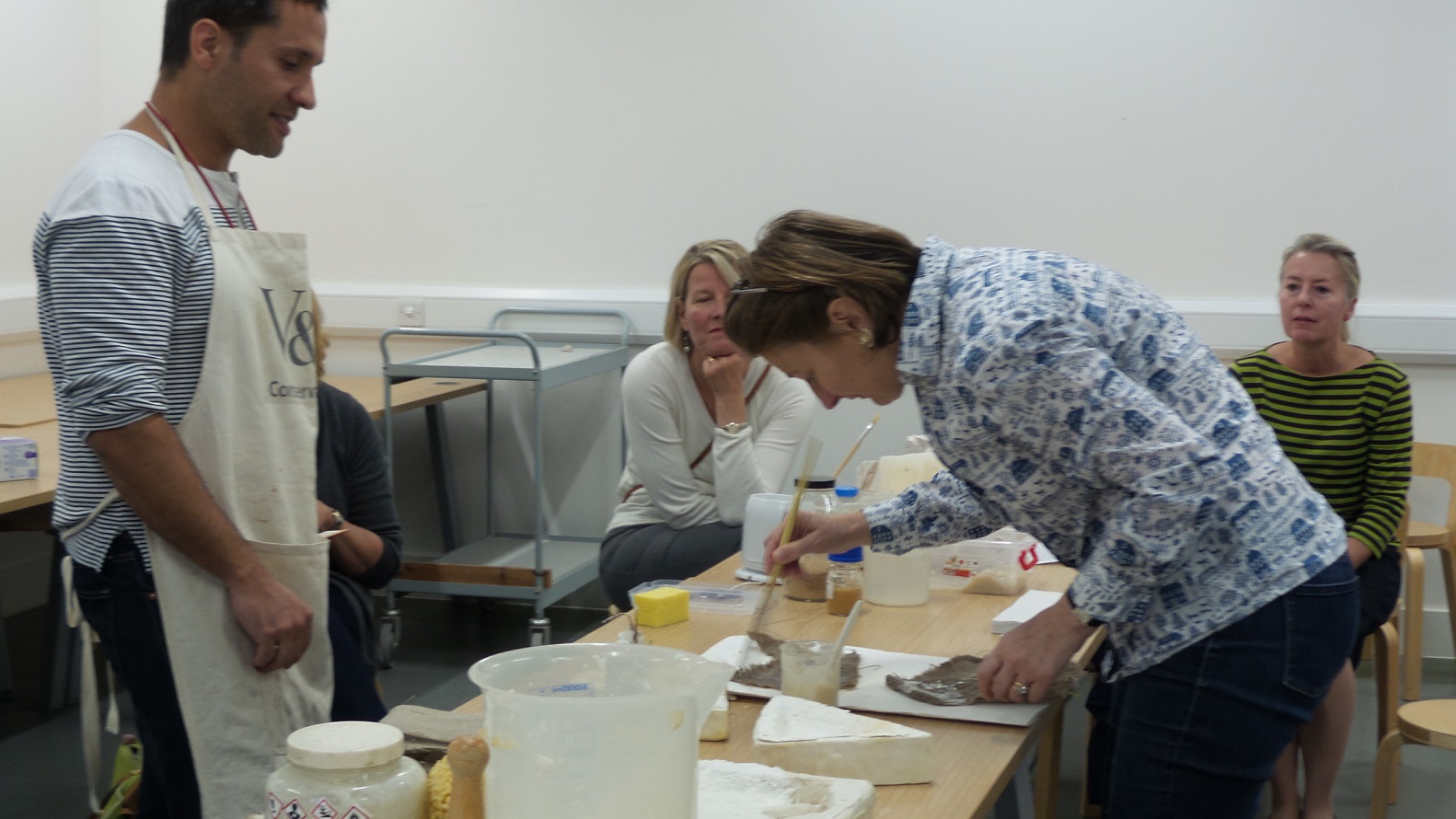
Victor demonstrated how labour-intensive and difficult the process is for creating high quality relief sculpture in cartapesta. Renaissance workshops would have developed their own secret methods and materials to make beautiful objects, like mirror frames and devotional reliefs of the Virgin and Child. Some cartapesta objects were made for more transient use, like festivals.
It is fortunate that Renaissance examples of cartapesta relief sculpture have survived, and that the V&A has such a fine and rare example to inspire this practical demonstration.
This event forms part of the Robert H. Smith Renaissance Sculpture programme.
